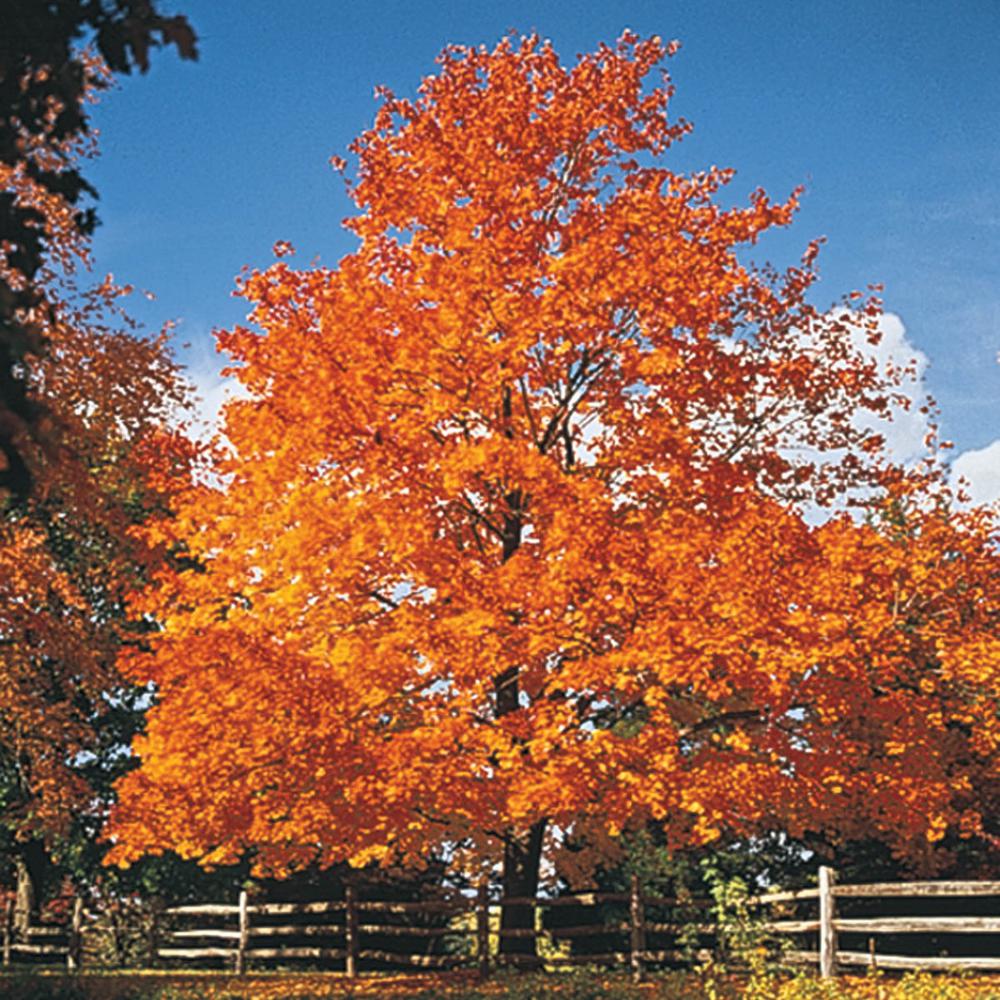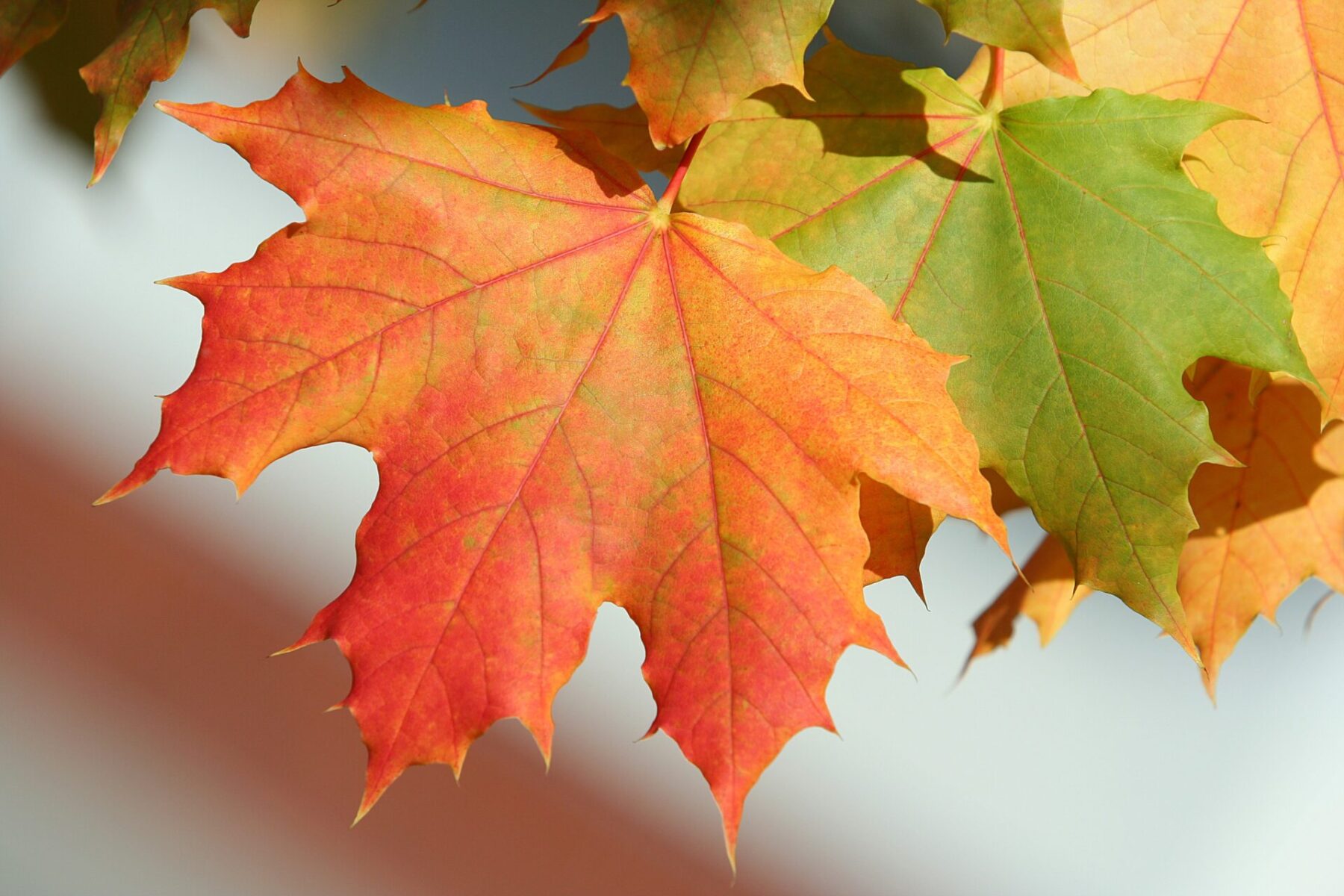

Sugar maple trees how to#
They are essentially winged seeds that twirl to the ground when ripe, much to the delight of children who get caught in a shower of “whirlybirds.” How to Identify Maple Trees They are subject to wood rot and landowners have to pay the high cost of tree removal or risk collapse.Īnother thing that all maples have in common is their fruit, called samaras. Quick growth results in brittle branches that break and fall easily, often causing property damage. Landscapers use these trees to get quick results, but they may become a problem in the landscape as they age. Their rapid growth results in a soft wood. Soft maples include a wide variety of trees, such as red and silver maples. They are dull green on top and a lighter color underneath. Hard maples usually have leaves with moderate indentations. The lobes on some maples are mere indentations in the leaves, while others have lobes so deeply divided that a single leaf can look like a cluster of individual, thin leaves. These trees are important to the lumber industry and include black maples and sugar maples, known for their superior quality syrup.Īll maples have leaves divided into three, five, or seven lobes. Hard maples grow very slowly and live a long time. One distinction between the two maple tree types is the rate of growth. To make maple tree identification a little easier, let’s begin by dividing them into two main groups: hard and soft maples. With all of the variations, it’s hard to pinpoint a few obvious features that make a tree a maple. Maple trees are members of the genus Acer, which includes a lot of variety in size, shape, color, and growth habit. Find out about some of the most popular maple tree varieties in this article. Be sure you have sufficient room to grow one of these beauties before planting sugar maple trees – they grow to 74 feet (22.5 m.) tall and 50 feet (15 m.) wide.From the little 8 foot (2.5 m.) Japanese maple to the towering sugar maple that can reach heights of 100 feet (30.5 m.) or more, the Acer family offers a tree just the right size for every situation.

Although they are fairly drought tolerant, they do best with soil that is constantly moist but never wet.Ī sugar maple tree growing in too small a space will only create heartache.

When you are caring for sugar maple trees, irrigate them during dry weather. Expect your trees to grow from one foot to two feet (30.5-61 cm.) each year. Once you have finished planting sugar maple trees, they will grow at a slow to medium rate. The soil should be acidic to slightly alkaline. A sugar maple tree growing in deep, well-drained soil is the happiest. The tree will also grow in partial sun, with at least four hours of direct, unfiltered sun every day.
Sugar maple trees full#
If you are planting sugar maple trees, select a site in full sun for the best results. About that same time, the tree puts on a fantastic fall show, its leaves turning to bright shades of orange and red. They flower in April and May, producing the “helicopter” winged seeds that mature in autumn. The small, green flowers grow in groups hanging downward on slender stems. The leaves are dark green with five distinct lobes. The dense crown grows in an oval shape and offers ample shade in the summer. Well before colonists began sugar maple tree growing in this country, Native Americans tapped the trees for their sweet syrup and used the sugar made from it for bartering.īut sugar maples are lovely trees in and of themselves. Sugar maple tree facts provide lots of interesting information about this remarkable tree. Read on for more sugar maple tree facts and to learn how to grow a sugar maple tree.

While grown commercially for its sweet syrup and value as lumber, sugar maple also makes an attractive addition to your backyard. Four states have picked this tree as their state tree – New York, West Virginia, Wisconsin, and Vermont – and it is also the national tree of Canada. If you are thinking of planting sugar maple trees, you probably already know that sugar maples are among the best-loved trees on the continent.


 0 kommentar(er)
0 kommentar(er)
